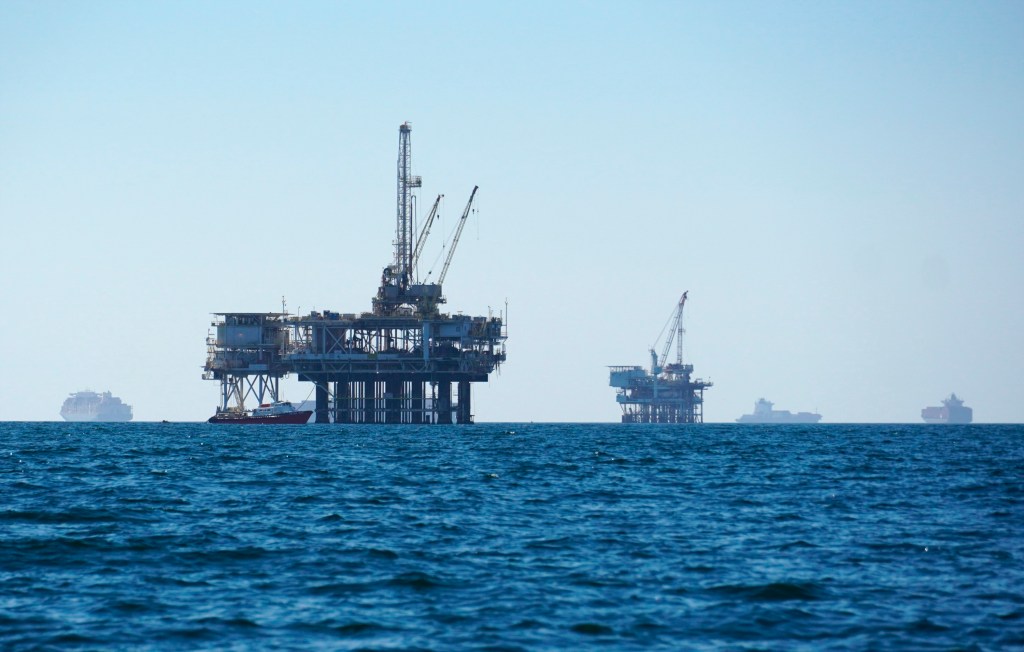Imagine if oil drilling were allowed in the Chesapeake Bay or Assateague Island. It’s unthinkable because the public wouldn’t stand for it. We know that some places are too precious to risk.
Just as the U.S. has national parks on land, there are also protected places in the ocean, including marine national monuments. These unique underwater seascapes are some of our nation’s most essential protected spaces, serving as safe havens for endangered species like turtles and whales and living laboratories for scientific discoveries that improve our daily lives.
Marine monuments have historically been protected from destructive activities because of their unique importance, fragility and enduring value to the American people. By not allowing drilling, mining and industrial fishing within their boundaries, they are havens for everything living within them — from tiny plankton that attract giant whales, to migratory birds who feast on thriving schools of fish. But now, the Trump administration wants to industrialize these national treasures.
Earlier this year, President Donald Trump issued an executive order initiating a review of all marine national monuments to explore opening up protected areas to destructive commercial activities. The administration is already attempting to allow industrial fishing in the Pacific Islands Heritage Marine National Monument, which would roll back critical protections we have for coral reefs and marine life in the Pacific just southwest of Hawaii. And while these places may seem remote to those of us on the East Coast, it’s only a matter of time before these impacts reach our coast.
This is part of a broader effort by this administration to implement shortsighted policies that run contrary to scientific evidence and economic prosperity. If we undermine our marine monuments, it will move us backward on ocean conservation and into a turning point where short-term corporate profits will undermine the health of the ocean and our responsibility to protect it.
Opening monuments to exploitation will have irreversible long-term impacts on local economies. When marine monuments are healthy, they are economic engines for surrounding ocean areas, creating jobs, fueling tourism and, importantly, serving as nurseries and habitats for fish, supporting a sustainable seafood supply.
From the world’s deepest trench in the Mariana Islands of the Western Pacific, to the sacred waters of Papahanaumokuakea in the Northwestern Hawaiian Islands, to the ancient deep-sea corals of the Northeast Canyons and Seamounts off New England, America’s marine monuments protect some of the healthiest and most biodiverse places on the planet. For Indigenous communities, these waters hold deep cultural significance. For me, these are places I know and love: I recently retired as the director of NOAA’s Marine Protected Areas Center, where I built partnerships to support the protection of our country’s most important ocean places.
For me, these rollbacks are personal. At NOAA, I was involved in recent efforts to establish a national marine sanctuary in the Pacific Islands to provide permanent protection to these fragile and important places and prevent downgraded protection. What’s happening right now is exactly what I was working to prevent.
This monument review is a bad idea, both in terms of what it intends to do and how the administration is preventing the public from weighing in. Changes to any national monument regulations are supposed to provide the public an opportunity to offer expert input or raise objections about how their communities or industries might be negatively impacted. But the Trump administration has decided to circumvent this process and only accept comments related to their executive order on “seafood competitiveness,” without regard for the broader purpose of marine monuments to conserve all the ocean life in their boundaries.
Make no mistake: This is not a process done in good faith. It’s simply a check-the-box exercise on the way to unraveling protections and handing over our protected waters to industrial fishing interests. If the administration succeeds, it would hollow out our marine national monuments by removing the standards that make them effective.
Meanwhile, over 85% of U.S. waters are already open to commercial fishing. And while fisheries management is essential for a healthy ocean, it’s not sufficient. In contrast to protected areas like marine monuments, fisheries management looks through a much narrower lens, focusing on seafood species that are commercially or recreationally important. If rollbacks for more of our marine monuments occur, we’ll be putting on blinders in managing vast areas of our oceans instead of looking at the complete picture.
While the public comment period ended on Oct. 14, we must continue to reach out to our representatives and lawmakers and voice the threat this executive order poses to these magnificent places.
Marine monuments are long-term investments in a healthy ocean that will pay dividends for generations of Americans, economically, environmentally and culturally. Let’s not lose them.
Lauren Wenzel is from Annapolis and is the former director of the National Oceanic and Atmospheric Administration’s National Marine Protected Areas Center.

